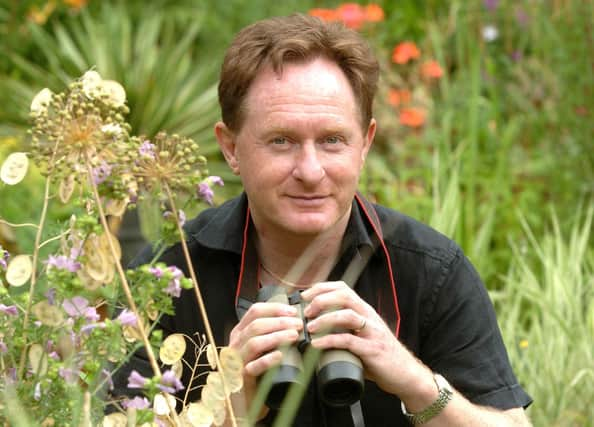Spring under way for many insects


Other insects are also doing well with plenty of bumblebees, honey bees, hoverflies, and wasps.
Paul Ardron sent me the photograph, right, taken in a garden in Meersbrook, Sheffield, of a specimen of bombylius major or more commonly, the ‘large bee-fly’ or ‘dark-edged bee-fly’; an unusual insect though not uncommon – it is certainly worth looking out for in your garden.
Advertisement
Hide AdAdvertisement
Hide AdMostly seen in spring, as they appear towards late March good numbers can be spotted until late May as they tail off into June.
The fly can hover in front of flowers on which adults feed via a long proboscis.
They exhibit a peculiar flight behaviour known as ‘yawing’. During this they rotate around a vertical axis; and while the reasons are unclear it has been suggested it is connected to mating displays. Nevertheless, it is still unknown what triggers the behaviour or what purpose it serves.
The bee-fly is a distinctive creature in a family that numbers more than 6,000 species globally and a genus, bombylius, with more than 1,100 species described so far.
Advertisement
Hide AdAdvertisement
Hide AdThe large bee-fly is a parasitic bee mimic fly. The name derives from their close resemblance to bumblebees; indeed they are frequently mistaken for them.
However, despite the somewhat daunting proboscis they are harmless, at least to us. The proboscis is a long sucking tube to collect nectar from flowers. In the process, the bee-fly helps plant pollination.
These flies do not sting, bite or spread disease, but instead use their disguise of looking like a bumblebee to gain access to the nests of potential host solitary bees and wasps.
Once in the front door then they can deposit their eggs in a safe environment.
Advertisement
Hide AdAdvertisement
Hide AdHere, after they hatch out, the bee-fly larvae find their way into the very core of the nests where they feed parasitically on the grubs of their hosts.
Prof Ian D. Rotherham, from Sheffield Hallam University, is a researcher, writer and broadcaster on wildlife and environmental issues.